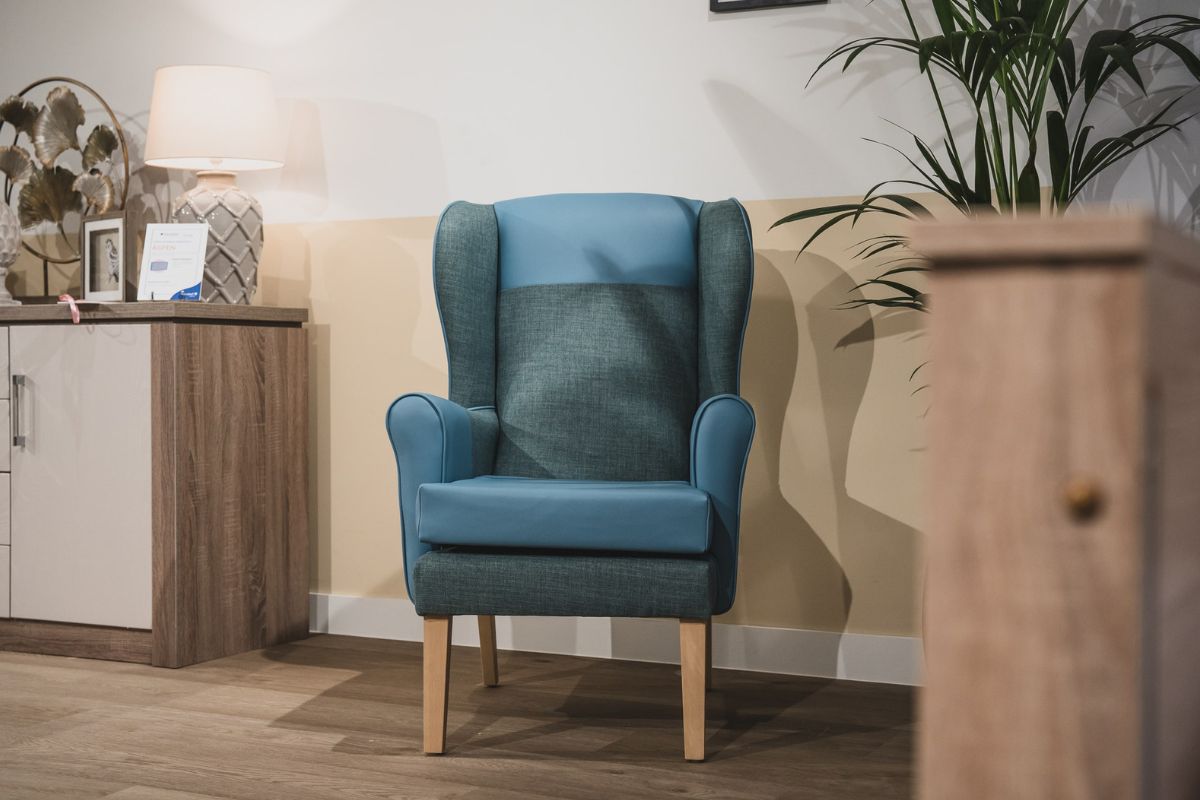Sustainability and cost-effectiveness: outsourcing in the care sector

Choosing which supplier(s) to work with is one of the most crucial decisions a business can make. Single sourcing and multiple sourcing are both popular options in the care home sector, but both have their own associated benefits and risks.
If you’re considering switching to a single supplier, then read on, as we discuss the advantages and potential issues to take into account, in addition to tips on how to choose the most suitable supplier for you.
Benefits of outsourcing to one supplier
There are several benefits to choosing one supplier as opposed to multiple suppliers, which we’ll discuss in more depth.
Building strong relationships
By speaking to one supplier on a regular basis, and by putting such high levels of trust in one another, you’re naturally able to build better relationships with them, than you would if you had multiple suppliers.
This strong relationship can also lead to further benefits in the future – for example, the ability to understand each other’s businesses better, the alignment of vision, delivering fit for purpose solutions and much more.
Increased convenience and efficiency
The fact that you’ll have less contacts makes the whole process much more convenient and efficient.
Having just one supplier means that all parties involved will be able to understand each others’ roles and responsibilities much better, meaning that should any unforeseen issues arise in the future, you’re all better equipped to deal with it. Not to mention, you’ll also save yourself invaluable time by only having to contact one supplier.
More cost-effective
Pooling your spend with a single supplier as opposed to several can help your care home to leverage better economies of scale, as they will potentially offer you better deals as you are using them for all of your needs – for example, care consumables, bedding and linen, continence care and more.
The potential financial complications that come with paying multiple suppliers are also avoided, with the payment procedure much simpler, as time is saved by receiving and processing fewer invoices.
Better visibility and accountability
Having one supplier as opposed to multiple ones helps to ensure better accountability, as that supplier is essentially responsible for everything.
This accountability can lead to other benefits, such as better relationships due to the trust you’ve placed in one another; and it can also help to ensure better quality, sustainability, and delivery of the products or services they’re supplying you with.
Risks to consider
Despite the many benefits of choosing one supplier over several, there are also some risks that you’ll need to consider; so that you can make an informed decision.
Overreliance on one supplier
By only choosing one supplier, you’re agreeing to place all of your trust in them. That overreliance can be a problem if they were to have an unexpected issue in the future, such as financial problems, supplies running low, or late delivery.
This can have a knock-on effect for you, which could be hugely detrimental to your finances – an issue you wouldn’t have, if you chose to have multiple suppliers instead. Even if you did decide to pursue the single supplier model, it may be wise to have back-up suppliers on call to mitigate any potential risks.
Potential inflexibility
If you’re working with one, large supplier, there is the possibility that you could lose the ‘personal touch’ that comes when working with a smaller business.
However, by speaking to suppliers beforehand, you can help to determine how flexible and responsive they’ll be, to minimise this risk.
It can be hard to find a single supplier for your needs
The truth is, there’s not going to be many suppliers who will be able to supply you with all of your day-to-day products, in addition to services such as interior design or consultancy, like we do.
Before choosing a single supplier, ask them if everything will be done in-house – if they outsource to third-parties, it will likely result in extra costs for you.
How to choose the right single-source supplier
Choosing between a single-source supplier model or multiple suppliers is only the first step in the decision-making process. Once you’ve made your choice, you’ll need to then find the right supplier(s) – which is an even more crucial choice if you’ve opted for a single supplier.
If you’re currently working with multiple suppliers, then the first thing to do is audit them to see if they would be capable of providing you with the products and services you need; and whether or not you can trust them to deliver.
If the answer is no, then it’s time to look for other candidates. Create a list, and then speak to each and every supplier to find out how they’d propose to add value to your business. If you have the time, it’s a good idea to outline a couple of your pain-points and see how they’d suggest helping to resolve them.
Once you’ve narrowed down your list, try out a few projects with your selected suppliers, to see how they perform. By finding out how they’d help to improve your ROI or effectiveness, you can gain an insight into whether or not they’d be a good extension of your team.
Final thoughts
Offering several rewards, many care homes prefer to adopt a single supplier approach, whereas others would prefer not to run with the associated risks, so choose to stick with a multiple supplier model instead.
If you’ve decided you want to work with a single supplier for all of your care home needs, and would like some consultancy advice on the best approach, then get in touch with us today. Alternatively, for the latest news in the industry, head on over to our blog.
.png)


.png)


